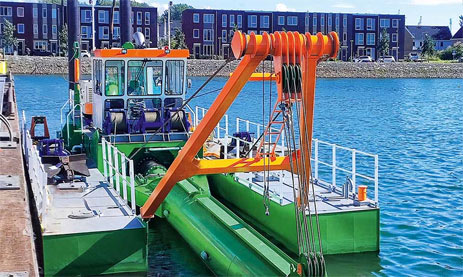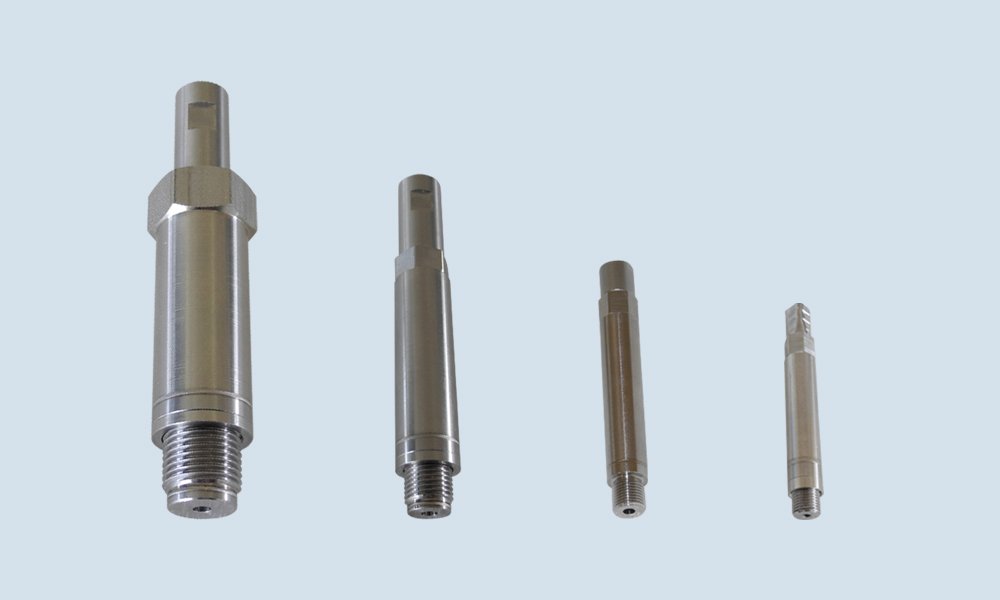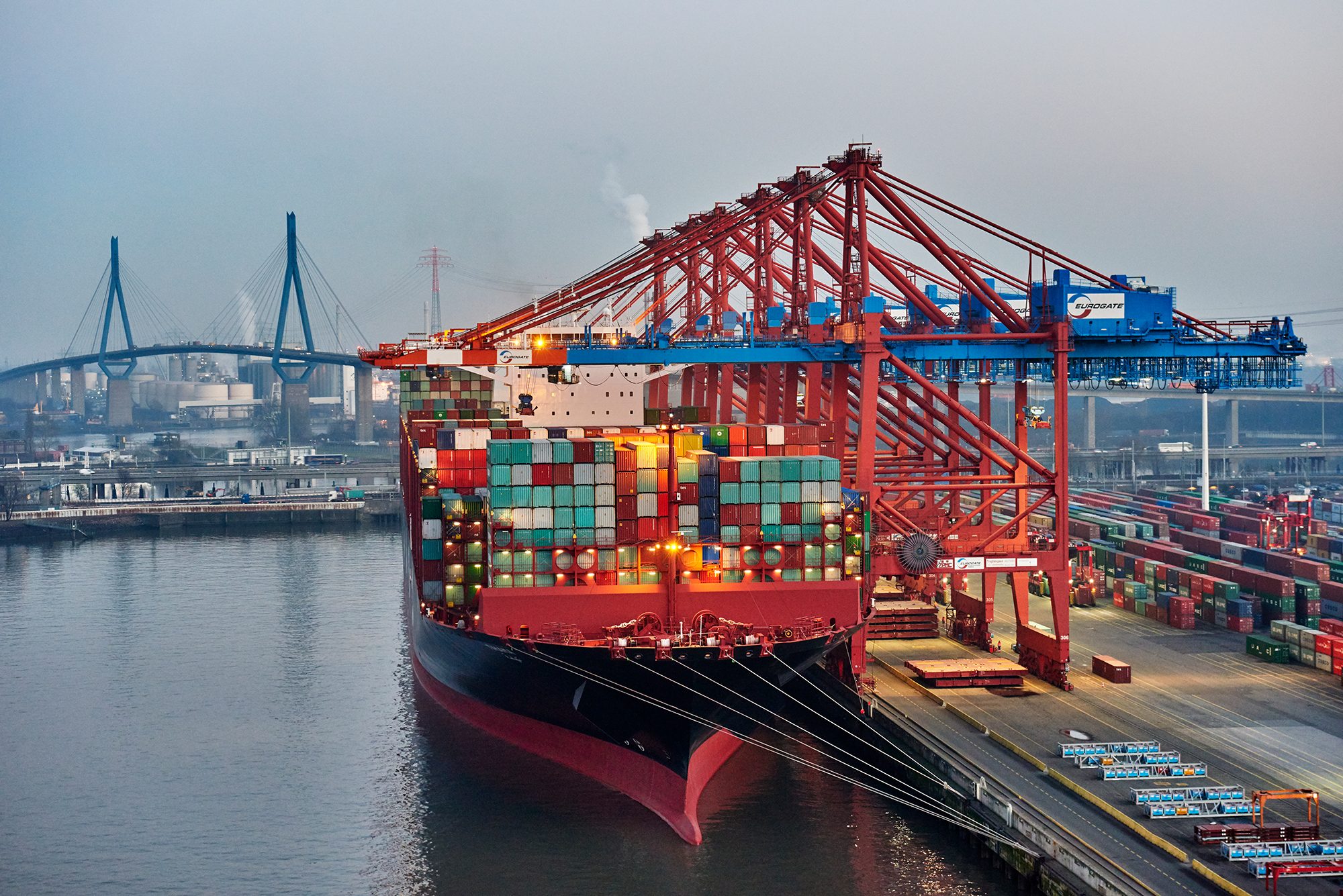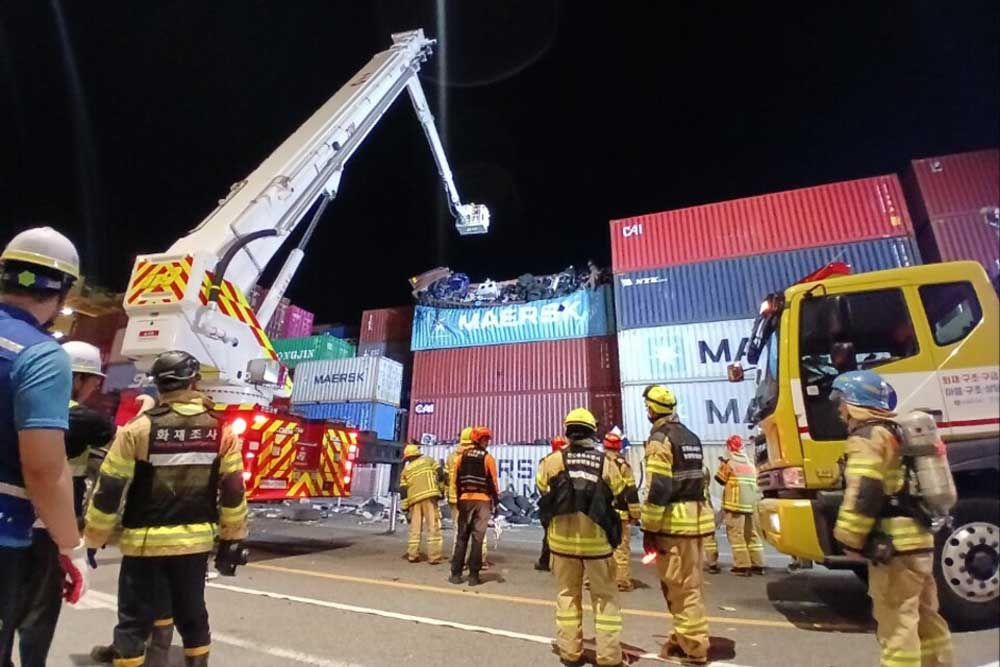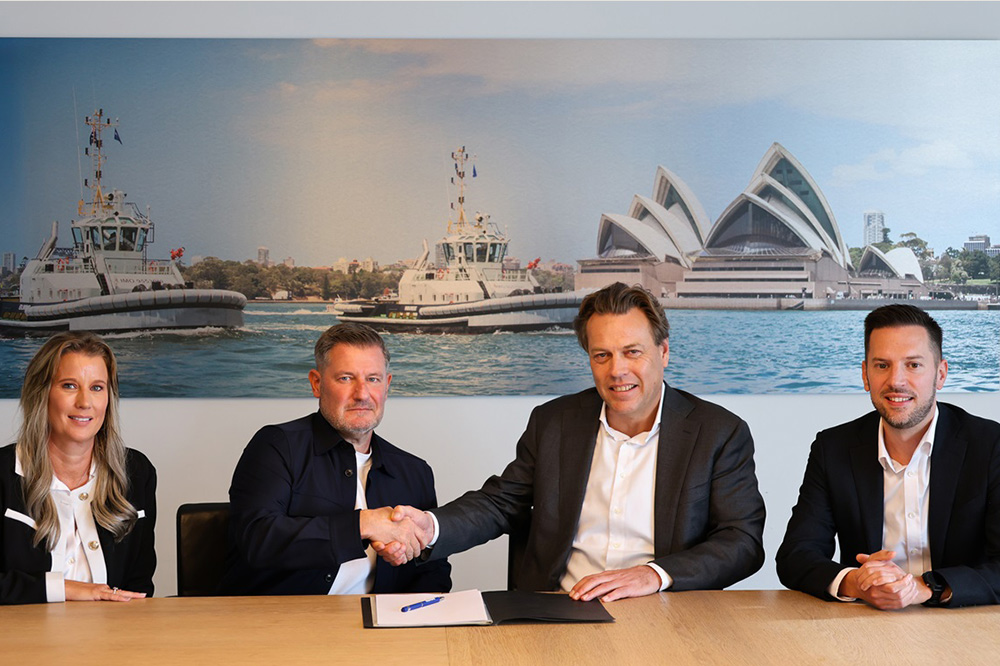MPP shipping company AAL Shipping has successfully transported three fully assembled Konecranes harbor cranes from Schiedam and Westdorpe in the Netherlands to ports in Mexico and Chile.
The transport of more than 220,000 tons of cargo was carried out with the 32,000-ton Super B Class vessel “AAL Hamburg” in an open hatch configuration – a first for this type of vessel.
The “ESP 10” mobile harbor cranes from Gottwald are among the largest Konecranes models available and are designed for container handling of super post-Panamax ships. Each of the three cranes, which weigh around 642 tons, is 80.3 m long (including jib), 15.5 m wide and 58.2 m high and has a maximum lifting capacity of 125 tons.
Two of the cranes were loaded onto the “AAL Hamburg” in Schiedam (Netherlands), while the third was lifted in Westdorpe (Netherlands) and brought on board the ship. When loaded with the “AAL Hamburg’s” own heavy-lift cranes, the total height of the cargo reached 104 m during the lifting operations.
Super B class enables Atlantic and Channel passage
Due to the great height of the cranes, AAL developed a plan for stowing the tanks and the open hatch to cross the North Atlantic and the Panama Canal – an operation that was only possible thanks to the design of the Super B-Class.
“As project cargo such as harbor cranes gets bigger and bigger, it poses particular challenges for shipping, especially in terms of deck loading and handling restrictions,” explains Yahaya Sanusi, Deputy Head of Transport Engineering.
The draught can be so great that the ship cannot pass under bridges with these goods, Sanusi continues. “In the design of the Super B-Class, we have solved this problem by installing an open hatch. This allows us to load cargoes such as the Gottwald ESP 10 mobile harbor cranes from Konecranes into the hold and sail with the hatch open to reduce the overall draught by over 16 m.”
After loading, the crane booms were lowered to the deck in resting position, ready for the 9,900 nautical mile (more than 18,000 km) voyage. The stowage configuration with open hatch and the subsequent voyage through the Panama Canal enabled the fastest possible delivery to the destinations and shortened the journey by around 2,800 nautical miles.
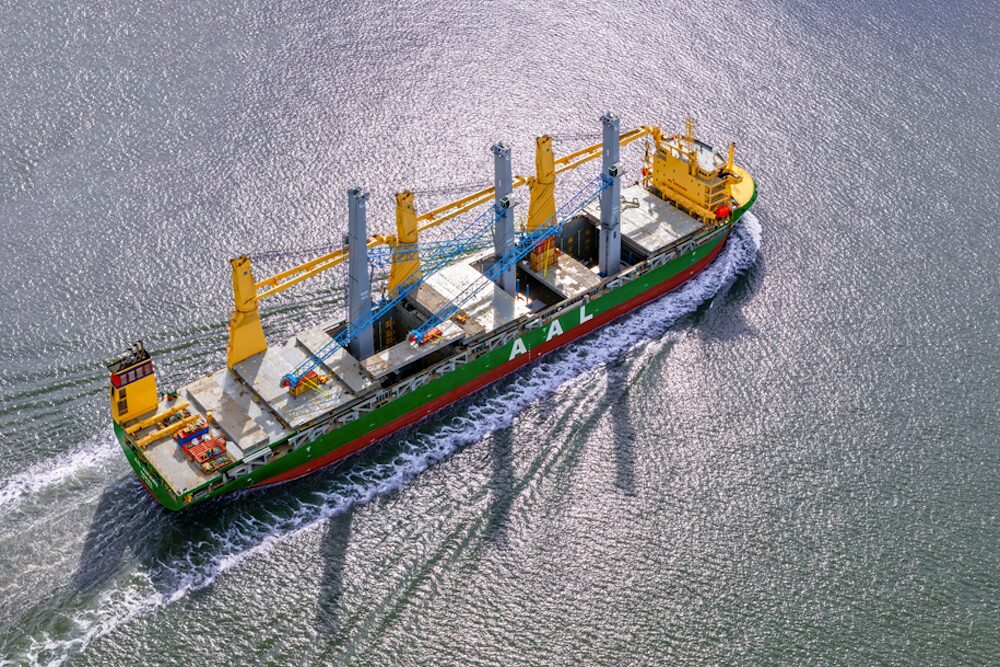
In the respective ports, the cranes were again unloaded with the heavy-duty cranes “AAL Hamburg”, which together can handle a maximum payload of 700 tons, thus completing another voyage of the shipping company’s new Super B-Class fleet.
“The planning and execution of the sea passage of three of our largest mobile harbor cranes is a very challenging task, especially as the three cranes are to be used on the west coast of the American continent,” said Ole Kornol, Head of Project Management MHC at Konecranes. AAL could have offered a transportation solution where the cranes are stowed on the tank deck, reducing the overall load pull to an absolute minimum. However, this technical solution enabled the preferred sea passage through the Panama Canal, reducing transit time and minimizing risk.










